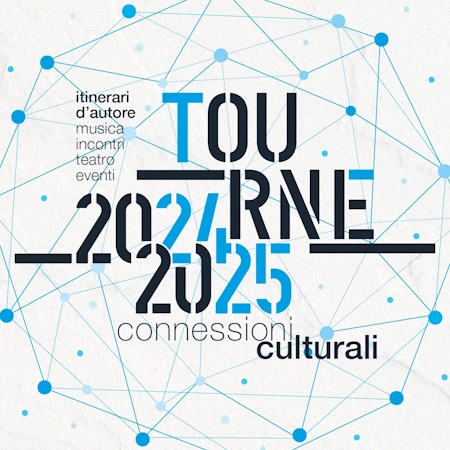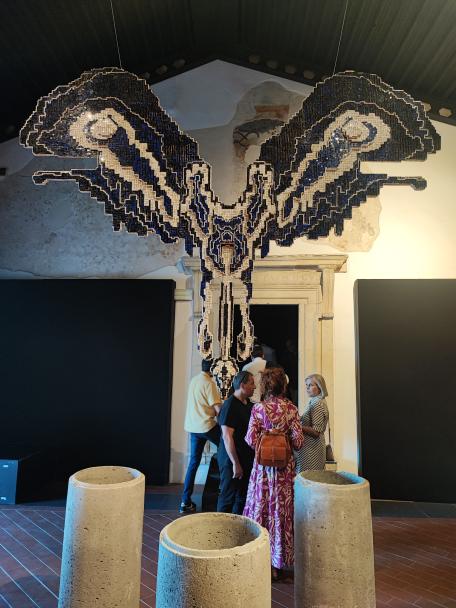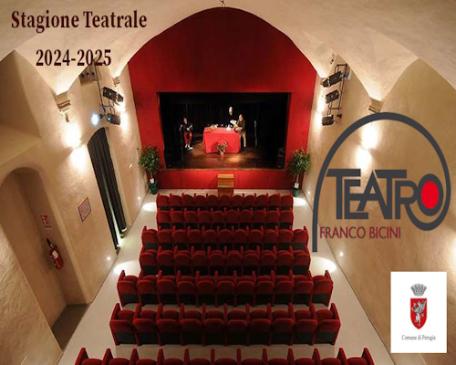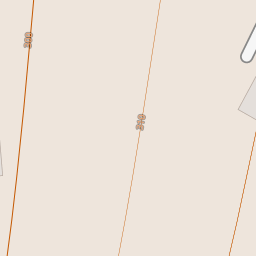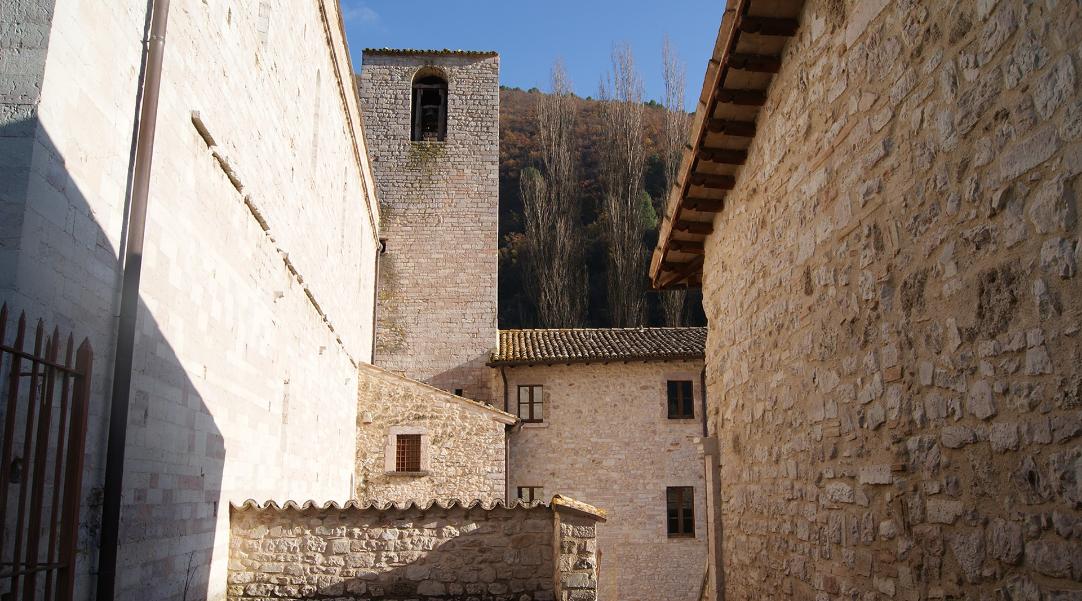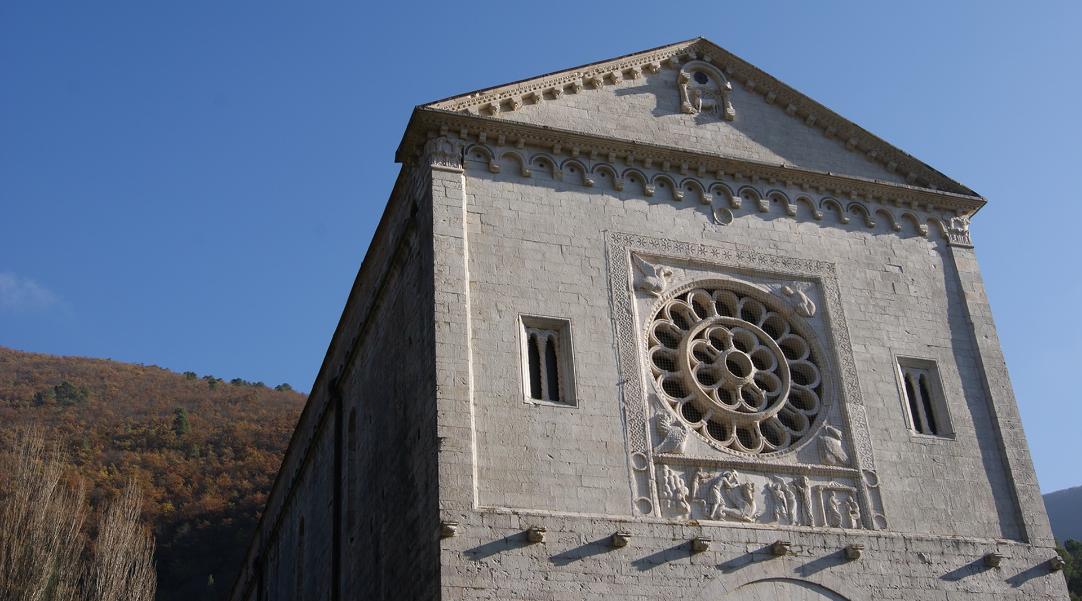In the past, the 'miraculous' healing water to wash and treat children afflicted with skin rashes was drawn at the centre of the presbytery from a spring that ran under the abbatial complex.
The therapeutic rituals practiced in San Felice Abbey have been plentiful and diverse throughout the course of its history: for example, in 1700, women washed the heads of children to rid them of scabies.
In previous centuries, there was however some distrust for these types of devotion, due to the bad reputation that the abbey obtained with the practice of deceptive cures, cited by Teseo Pini in 1589. The "Lotores" that worked at San Felice were also included among the charlatans, promising to make children grow up healthy and healing the sick by washing them in water from the river Nera in exchange for money. The myth of the abbey's foundation is touched upon in a volume from the 12 th Century: San Mauro, who came from Syria with some three-hundred companions, retreated with his son Felice and a wet nurse to a solitary place and there a small hermitage was erected. The people in the area, who venerated him in life for liberating them from a dragon and performing other miracles, also celebrated him in death with the construction of a church at Castel San Felice above the hermitage where they were buried.
The legend of the dragon
The legend of the dragon, carved in relief on the frieze under the rose window, is interpreted as a metaphor for the reclamation of the area from the marsh by San Felice monks.
The church, rebuilt in 1190, is a marvellous example of Spoleto Romanesque architecture, and has a small annexed monastery that dates from the 15 th and 16 th centuries. The church's interior is a single nave covered in trusses, with the raised presbytery and bordered by ornate Plutei decorated in mosaic. Only fragments of the frescoes remain on the walls, among which an Adoration of the Magi particularly stands out, a late Gothic work from the first half of the 15 th Century. From the two side passages you arrive at the crypt covered in vaults supported by a central column; the three apses include two altars and in the centre lays a sarcophagus in a reddish rock, where according to tradition, the mortal remains of Saints Mauro and Felice are kept.


















